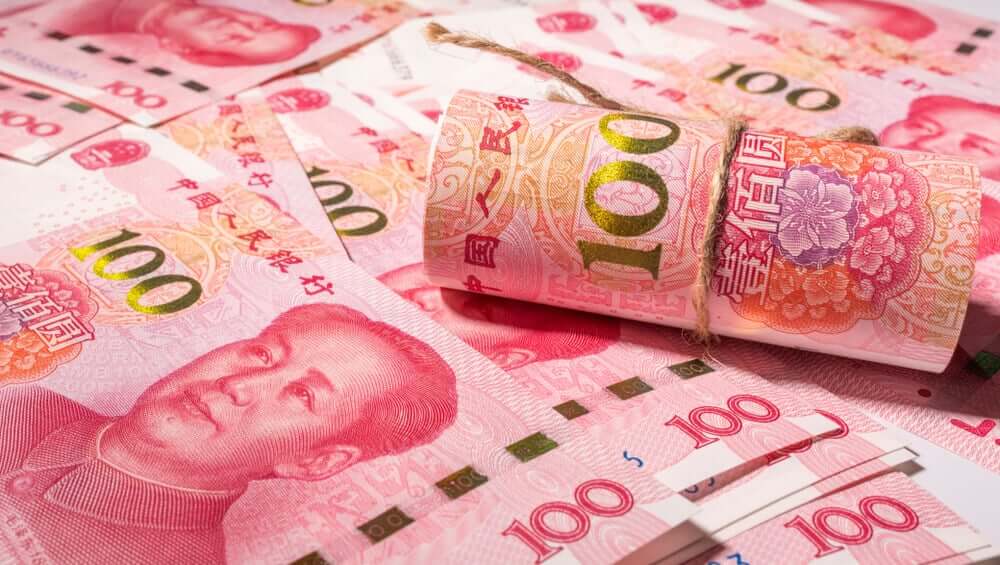China’s Strategic Move to Stabilize the Yuan
In today’s ever-evolving global financial landscape, the yuans of China are taking centre stage. China’s central bank has recently implemented a strategy to navigate the challenging currency markets. This move has captured the attention of businesses and investors worldwide and the broader financial implications of these manoeuvres.
The Central Bank’s Strategic Nudge
China’s central bank has taken an intriguing approach to stabilise the yuan amidst volatile market conditions. To alleviate downside pressure on the yuan, the People’s Bank of China (PBOC) has initiated an informal “window guidance” for the nation’s largest lenders. These banks have been requested to delay squaring their foreign exchange positions after executing U.S. dollar sales to clients. Instead, they are encouraged to keep their positions open until reaching a specific threshold. This approach allows the banks to play a pivotal role in mitigating the pressure weighing on the Chinese currency.
Banks as Buffers: Easing Yuan’s Slide
The rationale behind this strategy is fascinating. By retaining these positions, banks effectively absorb a significant portion of the dollar purchases made by Chinese companies. These purchases would typically exert immediate downward pressure on the yuan, but by temporarily holding the positions, banks become buffers, slowing down the slide of the Chinese currency. This approach stabilises the currency and contributes to China’s broader economic stability.
The dollar’s value surged, reaching a peak of 7.2921 against the offshore-traded yuan immediately following the announcement. This represented a 0.3% increase within the day. Although the yuan experienced a slight rebound, it remains in proximity to its one-year low of 7.3678 per dollar, which it hit just last week.
Stricter Controls on Large Transactions
Furthermore, the central bank has imposed stricter controls on large U.S. dollar transactions. Companies seeking to purchase $50 million or more now require the central bank’s approval. This shift underscores China’s commitment to managing the yuan to GBP exchange rate and preventing excessive fluctuations. It demonstrates their willingness to intervene when necessary to maintain a balanced and sustainable currency environment.
Adding to the challenges faced by the yuan is the departure of foreign portfolio investors from Chinese markets, thereby depriving the currency of a significant source of support. Furthermore, the influx of stable direct investment into China has dwindled considerably, with net inflows hitting their lowest point in the past 25 years. This confluence of factors significantly pressures the yuan’s stability and raises questions about its near-term performance in the global financial arena.
The Bigger Picture: Yuan’s Global Impact
The dynamics of GBP vs yuan are not just of interest to businesses operating in China but are relevant to the global financial landscape. As one of Asia’s worst-performing currencies for 2023, the yuan’s behaviour has implications far beyond China’s borders. Investors and businesses with exposure to the Chinese market are closely monitoring these developments to adapt their strategies accordingly.
China’s strategic approach to managing the yuans is a fascinating case study in today’s dynamic financial world. The central bank’s innovative “window guidance” to banks and stricter controls on large transactions demonstrate their commitment to maintaining a stable and balanced currency market. As businesses navigate the complexities of yuan to GBP and other related dynamics, they must remain vigilant and adaptable in this ever-changing global financial landscape. China’s influence is undeniable, and understanding the nuances of the yuan is key to unlocking success in today’s interconnected markets.

